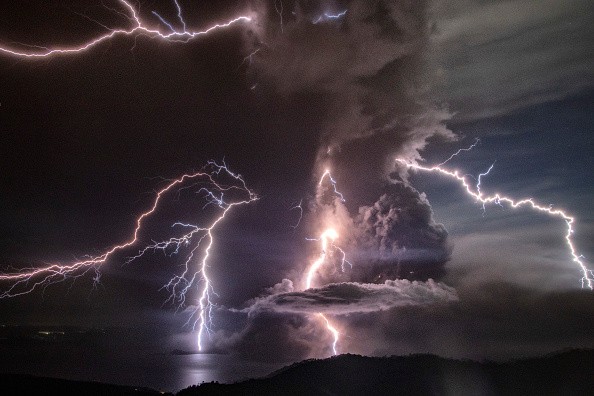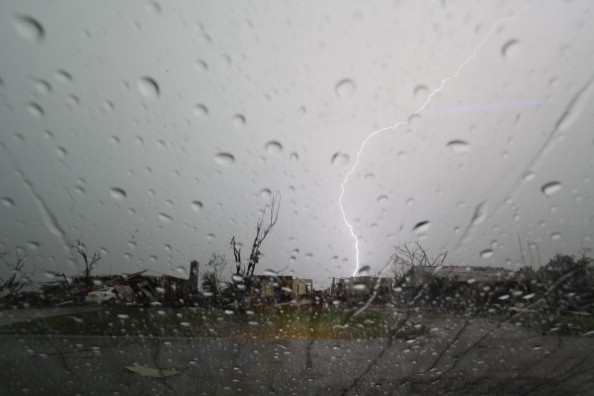Lightning is already scary enough for many people because of the loud sound (thunder) they make. Commonly, thunder can be heard within five seconds after the lightning appears in the sky.

Now, imagine lightning that is 100 times stronger than the normal ones on Earth. Just think of how loud the sound they make after appearing in the sky.
As of press time, the Georgia Tech Research Institute is conducting a 3D study to observe the so-called space lights, aka "gigantic jet lightning bursts."
These electric outbursts were last spotted back in 2018 in Oklahoma. Here's what they have discovered so far.
Space Lightning Now Being Studied!
According to Interesting Engineering's latest report, these gigantic jets are quite different from the common lightning people.

Instead of going down on the Earth's ground, this lightning will shoot outward, reaching more than 50 miles into space.
When it comes to power, in this space, lightning can reach around 300 columns. If you compare it with regular lightning, which only carries less than five coulombs between the cloud and ground, they are more than 100 times stronger.
This detail was confirmed, thanks to the efforts made by GTRI experts.
"We were able to map this gigantic jet in three dimensions with really high-quality data," said GTRI scientist Levi Boggs via PhysOrg.
He added that they relied on satellite and radar data to identify the location of the electric outbursts, allowing them to see the gigantic jets' VHF (very high frequency) that was not seen before.
Other Details of Gigantic Jets
These gigantic jets commonly appear above the clouds of Oklahoma around 1,000 to 50,000 times each year.
Because of their strength, they are being reported in the world's tropical regions, even if they are not part of a tropical storm.
As of writing, many things about space lightning are still left unanswered. But, the Georgia Tech Research Institute researchers are doing their best to understand this phenomenon.
On the other hand, the Sturgeon Moon event is expected to happen during the Perseids Meteor shower.
Meanwhile, NASA revealed its first JWST full-colored image of the Southern Ring planetary Nebula.
For more news updates about space lightning and other unusual space events, always keep your tabs open here at TechTimes.
Related Article : Earth Days Are Becoming 'Strangely Longer' and Scientists Are Confused
This article is owned by TechTimes
Written by: Griffin Davis

![Apple Watch Series 10 [GPS 42mm]](https://d.techtimes.com/en/full/453899/apple-watch-series-10-gps-42mm.jpg?w=184&h=103&f=9fb3c2ea2db928c663d1d2eadbcb3e52)


